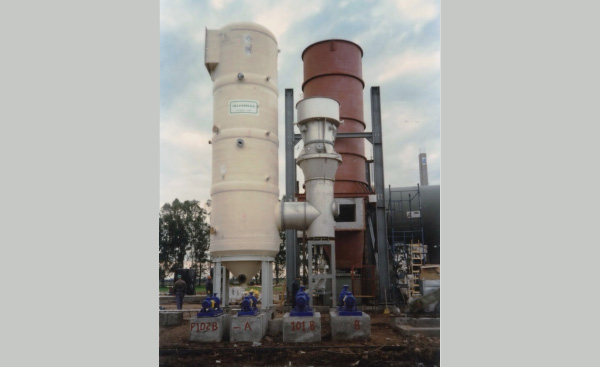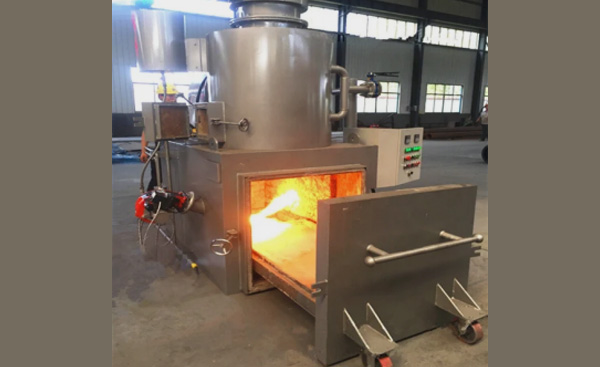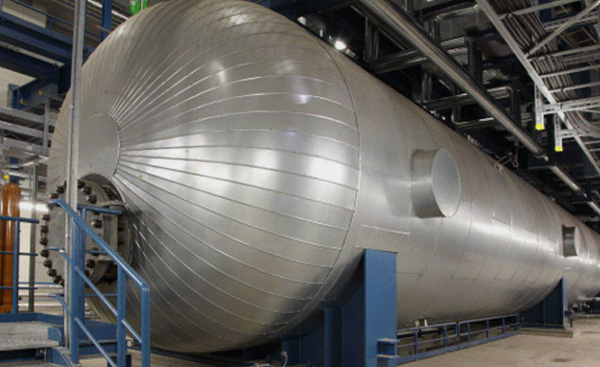Flue Gas and Mercury Removal
It’s common practice for various industries to use incineration as a method of waste disposal. This process must be carefully planned and monitored to avoid unwanted impurities and contaminants entering the environment. These contaminants can cause damage to human health and to our planet, and so there are strict environmental regulations to adhere to. YAKS can provide an effective solution with our activated carbon products which have been designed to adsorb unwelcome airborne compounds from flue gases. We have extensive knowledge and experience in this field and can help you choose the ideal solution for your needs.

Hazardous Waste Incinerators
Second only to waste reduction programmes, high temperature incineration is widely recognised as the most environmentally acceptable method of destroying hazardous wastes generated in industrial processes. The licensing and regulation of hazardous waste incinerators is stringently controlled, resulting in a small number of large-scale operations. Hazardous waste will often be difficult to burn, requiring a high flue gas volume relative to the quantity of waste being incinerated.
Contamination requiring powdered carbon treatment results from:
- Burning of liquid halogens (producing dioxins)
- Disposal of industrial waste containing mercury

Clinical Waste Incinerators
Modern hospitals generate a substantial quantity of chemical and bio-hazardous waste. In order to safely dispose of these materials, maximise heat recovery and minimise environmental impact, many larger hospitals operate on-site incineration plants. In common with industrial incineration units the flue gas will require treatment before being discharged into the atmosphere.
Contamination requiring carbon treatment results from the burning of:
- Plastics (emitting dioxins)
- Thermometers and batteries (emitting mercury). Mercury concentrations in this application tend to be very high

Waste to Energy
High temperature incineration is used to dispose of domestic solid wastes, with the recovered energy used to preheat boiler feed water and provide district heating for the local area. Purification of the flue gas involves cooling to the correct temperature followed by dry adsorption.
Contaminants requiring carbon adsorption result from the burning of:
- Plastics (emitting dioxins)
- Batteries (emitting mercury)